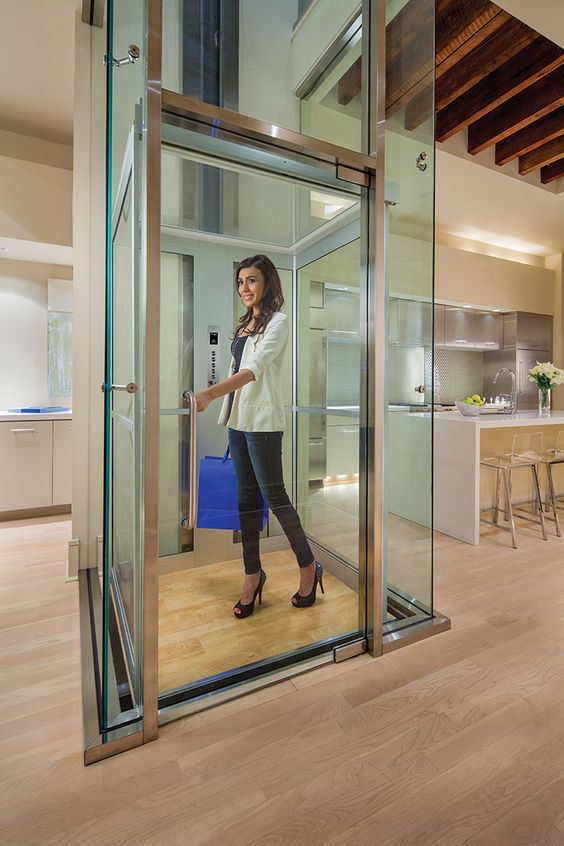Passenger elevators play a crucial role in modern urban environments, facilitating vertical transportation within buildings and enhancing accessibility for occupants. As cities continue to evolve and grow vertically, the importance of efficient and reliable elevator systems cannot be overstated. In this article, we explore the significance of passenger elevator installation and the benefits it brings to both building owners and occupants.
1. Accessibility and Inclusivity: One of the primary benefits of passenger elevator installation is improved accessibility. Elevators provide equitable access to individuals with mobility limitations, including the elderly, people with disabilities, parents with strollers, and individuals carrying heavy loads. By eliminating barriers posed by stairs, elevators ensure that everyone can navigate different levels of a building with ease. This inclusivity not only meets regulatory requirements but also fosters a welcoming environment for all occupants.
2. Efficiency and Time Savings: Passenger elevators contribute to the efficiency of buildings by reducing travel time between floors. In busy commercial or residential settings, time is of the essence, and elevators help minimize wait times and streamline vertical movement. Advanced features such as destination dispatch systems and predictive maintenance further optimize efficiency, ensuring that occupants reach their destinations quickly and smoothly. By maximizing productivity and convenience, elevators enhance the overall user experience within buildings.
3. Space Optimization: Passenger elevators are designed to maximize usable space within buildings. Unlike staircases, which require significant floor space, elevators occupy a relatively small footprint, allowing for efficient utilization of valuable real estate. Whether retrofitting an existing structure or designing a new building, incorporating elevators enables architects and developers to optimize floor plans, enhance traffic flow, and allocate space for other amenities or functions. This flexibility in space utilization contributes to the overall functionality and attractiveness of buildings.
4. Safety and Security: Safety is paramount in elevator design and installation. Modern passenger elevators adhere to stringent safety standards and regulations, ensuring the well-being of occupants at all times. Features such as emergency communication systems, door sensors, and backup power sources provide peace of mind and mitigate risks associated with vertical transportation. Additionally, access control measures enhance security by restricting elevator usage to authorized individuals only, thereby enhancing the overall safety and security of buildings.
5. Aesthetic Appeal and Architectural Integration: Passenger elevators are not just functional elements; they can also enhance the aesthetic appeal of buildings. With customizable design options, including sleek finishes, lighting effects, and panoramic views, elevators can complement the overall design scheme and contribute to the ambiance of the space. Whether aiming for a modern, minimalist look or a luxurious atmosphere, elevators offer versatile design possibilities to suit any aesthetic preference. By seamlessly integrating with the architectural style of a building, elevators become integral components of its visual identity.
In conclusion, passenger elevator installation is a strategic investment that offers numerous benefits for building owners, occupants, and visitors. From improved accessibility and efficiency to enhanced safety and aesthetics, elevators play a pivotal role in shaping the user experience and maximizing the functionality of buildings. As cities continue to evolve, the importance of efficient vertical transportation systems will only grow, making passenger elevators indispensable components of modern urban environments.
